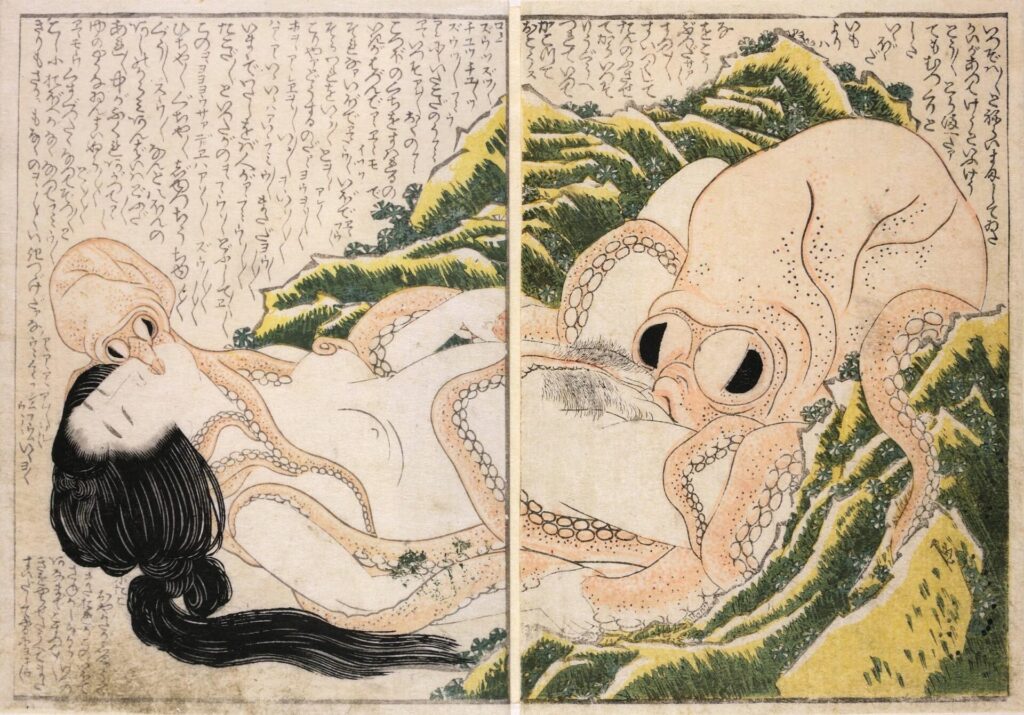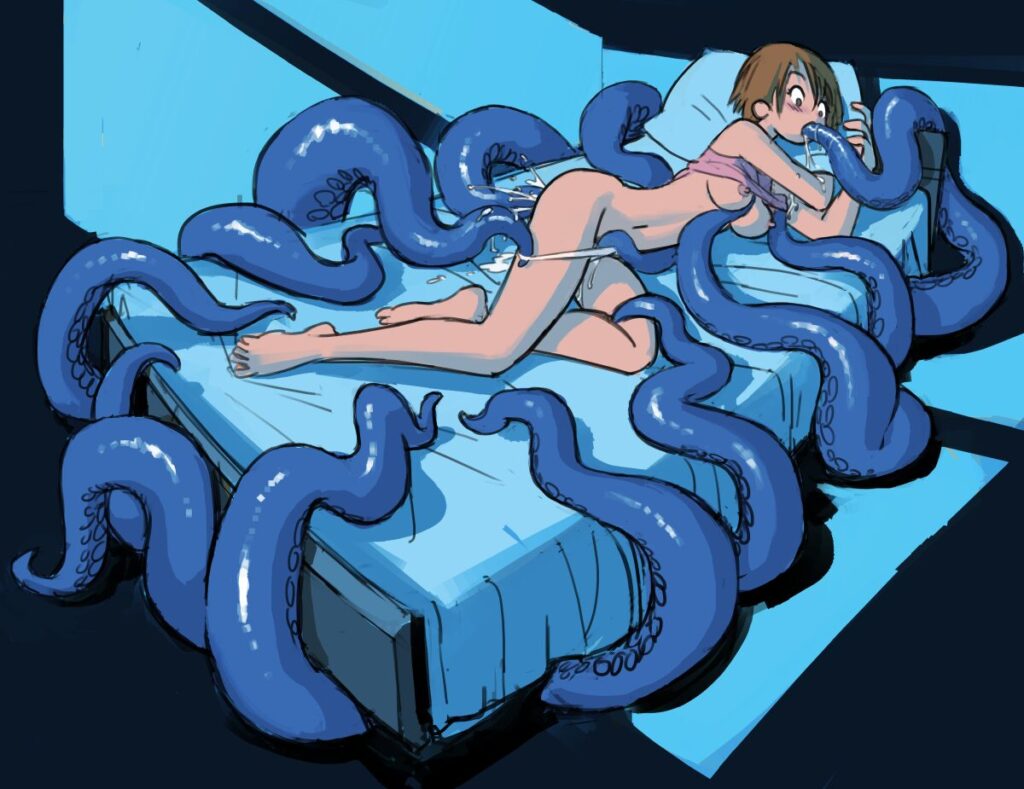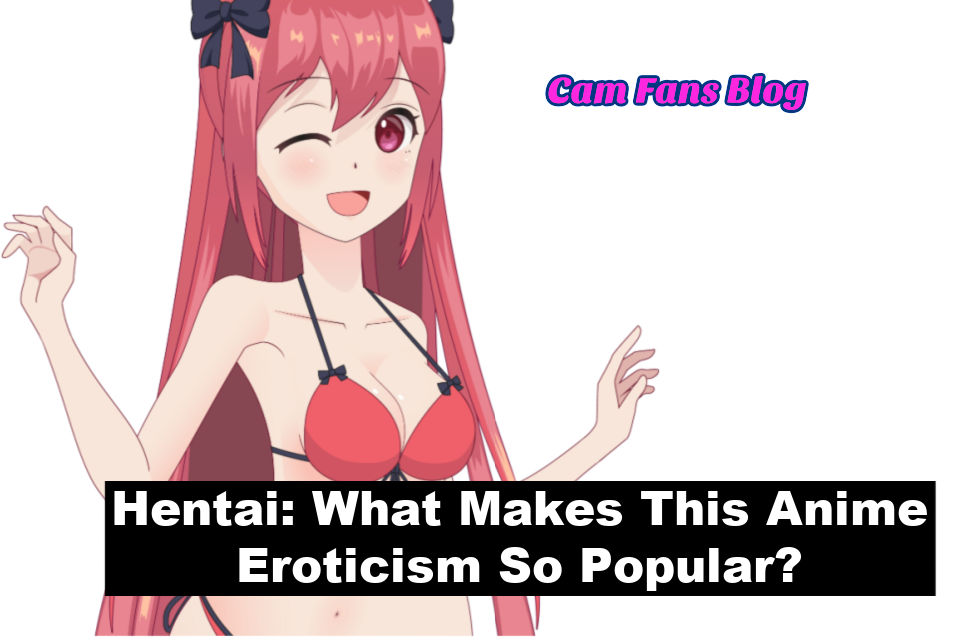In the vast world of anime, no genre ignites debates and controversies quite like hentai. Mentioning it can provoke a range of responses, from curiosity and fascination to shock and disapproval. Yet, despite the taboo, hentai represents a complex and traditional art form that has accumulated a loyal fan base. Today, we delve into hentai, exploring its distinction as anime erotica and its enduring appeal to worldwide viewers.
- Explore the distinction of hentai as anime erotica
- Understand the origins and evolution of hentai
- Recognize the cultural importance of hentai
- Understand the significance of consent in real-world relationships
- Correct myths and misconceptions about hentai
- Appreciate the artistic effort behind hentai animations
- Acknowledge the significant impact of hentai on anime and pop culture
Origins & Evolutions: A Brief History of Hentai

Japan is known for sushi, anime, and karaoke. However, it also offers hentai, an explicit genre of manga and anime, which has gained significant global popularity. But where did this contentious art form originate and how has it evolved?
Hentai has roots in Japanese art and literature over several centuries. During the Edo period (1603-1868), shunga, erotic art, was favored by the elite. These detailed woodblock prints displayed graphic sexual scenes and were valued for their artistic merit. Over time, the influence of shunga can be seen in hentai, which continues to feature explicit themes and images.
In the late 20th century, manga and anime’s rise provided hentai with a new platform. As Japanese pop culture became popular worldwide, so did hentai. The internet made hentai more available to a wider audience. Today, hentai is not limited to manga and anime but includes video games, doujinshi (independent manga), and even live-action films.
While hentai has its critics and controversies, it’s important to see it within its cultural context. For many fans, hentai is more than explicit content. It’s a way to express fantasy, investigate taboos, and celebrate individuality. Like any art, hentai continues to change and echo its audience’s shifting social norms and wants.
The history of hentai is a fascinating journey, from the shunga prints of centuries past to the current digital landscape. Understanding its beginnings and evolution allows us to recognize the cultural importance of this art form, even if it’s not to everyone’s taste. Whether you’re a fan or just curious, delving into hentai’s history reveals a unique part of Japanese culture that continues to intrigue audiences worldwide.
Beyond Taboo: Hentai Pushes The Limits of Anime Eroticism

Anime covers many genres, from action to romance. One genre that explores erotic imagery is hentai.
Hentai, a type of animated adult content, has gained considerable attention. Although it’s often misunderstood and stigmatized, it delves into aspects of sexuality that other media avoid, offering a different type of adult entertainment.
Hentai explores sexual fantasies that are typically considered taboo. It delves into themes such as tentacle monsters and extreme fetishes, shocking to some, but providing others a judgement-free platform to explore their desires.
However, it’s crucial to separate hentai from real-life. Despite its explicit content, it doesn’t reflect real-life relationship dynamics. Anime fans understand that hentai is purely entertainment, not a realistic depiction of intimacy. The importance of consent in any sexual relationship, whether real or fictional, cannot be understated.
In summary, hentai pushes the limits of anime by exploring taboo sexual fantasies. Despite being controversial, it offers a unique platform for those curious about their fantasies in a non-judgmental environment. As with any adult content, viewers must differentiate between fantasy and reality and understand the significance of consent in real-world relationships.
Hentai: Myths and Misconceptions

Hentai isn’t just pornography. It has explicit elements, but it covers various genres, not just sexual content. Like other art forms, it explores romance, fantasy, and comedy. Saying hentai is just porn ignores its variety and creativity.
Another common myth is that hentai fosters unhealthy or non-consensual sexual behavior. This view comes from a limited understanding of the genre. Some hentai might feature questionable scenarios, but it’s important to distinguish between fantasy and reality. Most hentai fans and creators understand this difference, appreciating the imaginative and fantastical aspects without supporting harmful behavior.
Lastly, the idea that liking hentai equates to deviancy needs correcting. This view doesn’t consider that people have different entertainment preferences. Enjoying hentai doesn’t determine one’s moral character or behavior. It’s important to respect others’ choices, regardless of personal preferences.
In conclusion, the controversy around hentai is largely due to misunderstandings. By correcting these myths, we can better appreciate its diverse themes and creativity. It’s time to move beyond narrow views and celebrate the freedom of artistic expression, including hentai.
Artistry in Motion: The Amazing Animation of Hentai

Animation includes many genres, one of which is hentai, known for its explicit content. Despite the controversy, the artistic skill involved in creating hentai animations is significant.
Hentai, a genre of anime and manga that depicts sexual acts, requires detailed and precise artwork. Animators put in substantial effort to create visually striking characters. The aim is to create realistic scenes that engage the audience, through detailed facial expressions and complex movements.
Hentai uses advanced animation techniques. The animators focus on smooth transitions between frames and pay attention to small gestures and poses that help express emotions and enhance the experience.
Despite its explicit nature, it’s worth recognizing the artistic effort behind hentai. Behind each scene is a team of talented individuals dedicating their creativity to every frame. So, when viewing hentai animations, take time to notice the intricate details that qualify it as art.
Breaking Taboos: Hentai’s Influence on Anime and Pop Culture

When discussing anime and pop culture, the significant impact of hentai cannot be overlooked. Though often controversial and misunderstood, hentai has been instrumental in shaping mainstream anime and global pop culture.
Hentai refers to explicit sexual content in anime and manga. While it’s often stigmatized due to its explicit nature and association with pornography, it’s crucial to acknowledge that hentai’s influence extends beyond its explicit content. Many artists and creators have utilized this medium to push boundaries, explore diverse themes, and experiment with unique storytelling techniques.
Hentai has significantly influenced mainstream anime and pop culture by challenging societal norms and addressing taboo subjects. By exploring sensitive topics, such as BDSM, LGBTQ+ relationships, and unconventional fetishes, hentai has initiated discussions and given marginalized communities a platform often absent in mainstream media.
Furthermore, hentai has deeply influenced the art and animation styles seen in mainstream anime today. Its exaggerated character designs, attention to detail, and creative use of color have inspired numerous artists and animators to experiment and push the boundaries of visual storytelling. As a result, elements of hentai can be seen in the vibrant animations found in popular anime series.
Despite its associated controversies, hentai continues to shape mainstream anime and pop culture significantly. As society becomes more accepting, the lines between hentai and mainstream anime are gradually blurring. By breaking these stigmas, we can appreciate hentai’s impact, not just for its explicit content, but also for pushing creative limits and promoting inclusivity in anime and pop culture.

